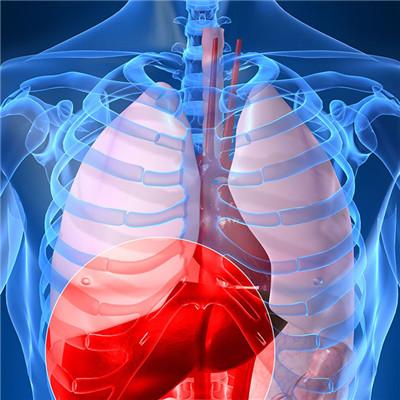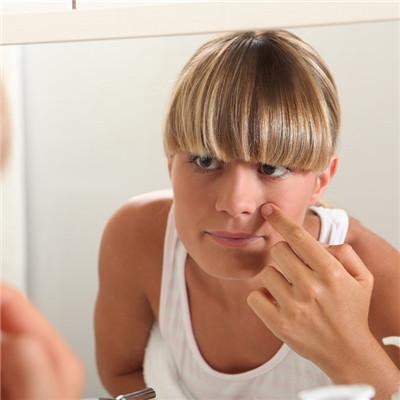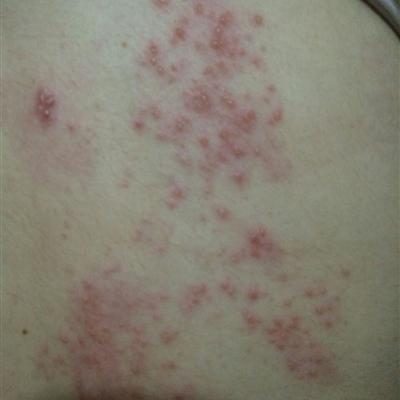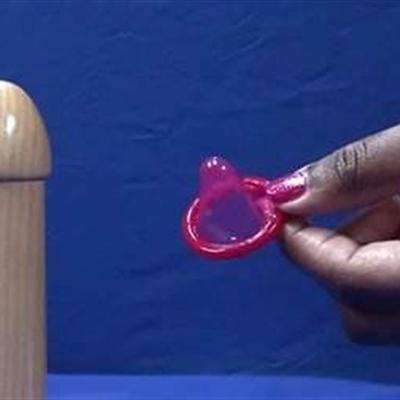How many examinations should vulva cancer do?
summary
Vulvar cancer is a malignant tumor of vulva, which is not rare, accounting for about 5% of female genital tract malignant tumors. Among them, primary squamous cell carcinoma is the main one, and secondary malignant tumor is rare. Most often occurs in the labia major, followed by the labia minor, vaginal vestibule and clitoris. First, local nodules or masses, and gradually increased, necrosis, ulceration and infection, increased secretion, accompanied by itching pain. The tumor may be papillary or vegetable like, and may expand rapidly, involving anus, rectum and bladder. How many examinations should vulva cancer do?
How many examinations should vulva cancer do?
The cause of vulvar cancer is not clear. At present, human papillomavirus (HPV) is considered to be the main cause of the disease, but HPV negative vulvar cancer is related to vulvar leukoplakia, vulvar atrophy, vulvar condyloma acuminatum and other sexually transmitted diseases such as syphilis and lymphogranuloma.

Common symptoms: vulvar pain, vulvar ulcer, vulvar pruritus, vulvar swelling, vulvar burning during urination, pruritus or pain, vaginal purulent secretions, vaginal bloody secretions, frequent urination with urgency and pain, the main symptoms of urination are vulvar nodules, often accompanied by pain and pruritus. Most patients first have long-term vulvar pruritus, many years later local papules, vulvar nodules or small ulcers, long-lasting, some patients with vulvar leukoplakia. When the tumor is adjacent to or invades the urethra, frequent urination, urination pain, burning sensation and dysuria may occur. In the late stage, ulcers or irregular papillary or vegetable like masses were found, and purulent secretions were often found in the lesions. The lesions may also extend to the anus, rectum and bladder, and hard and immobile enlarged lymph nodes may be found in one or both groins.
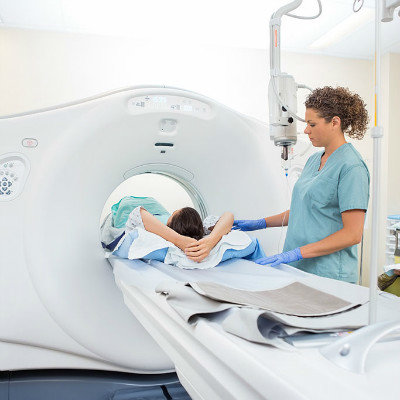
Examination items: colposcopy, cytology, Doppler ultrasound, CT, MRI, etc. It should be differentiated from papilloma, vulvar tuberculosis, proliferative dystrophy, basal cell carcinoma and Paget's disease. Biopsy is the only reliable method for differentiation. Biopsy in the non discolored area stained with toluidine blue can obtain more accurate diagnosis results. If necessary, multiple biopsies are needed before final diagnosis.

matters needing attention
Develop good habits, quit smoking and limit alcohol. Smoking, the World Health Organization predicted that if people no longer smoke, five years later, the world's cancer will reduce 1 / 3; Second, don't drink too much. Tobacco and alcohol are extremely acidic substances. People who smoke and drink for a long time can easily lead to acidic constitution. The old and frail or those with certain disease genetic genes should eat some anti-cancer food and alkaline food with high alkali content to maintain a good mental state.





